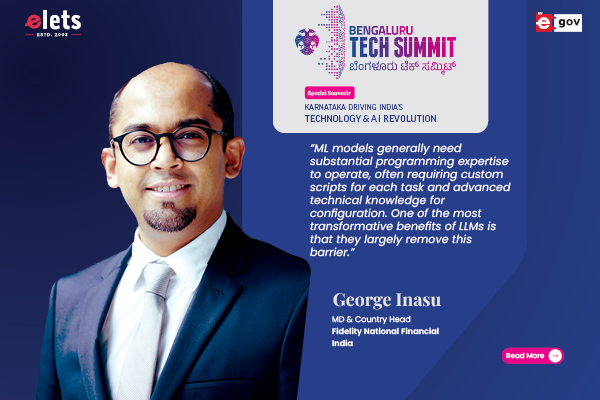
When Generative AI was first pitched as a transformative tool for global business services, I was doubtful. Having worked extensively with Machine Learning (ML) models, I was convinced ML was sufficiently powerful for our industry needs. Generative AI seemed overhyped, and I assumed its demands in terms of training time, cost, and programming complexity would outweigh any potential benefits.
However, my perspective changed dramatically when I witnessed the performance of large language models (LLMs) firsthand. These models not only outperformed our traditional ML approach but also simplified workflows and reduced costs. Here’s how Generative AI turned me from skeptic to convert.

First Impressions: A Surprising Edge in Data Extraction

Traditional ML models have been our primary tools for structured data tasks, such as data extraction from U.S. public datasets. These models required extensive pre-processing, programming, and significant tuning to achieve accuracy. When we tested an LLM alongside our existing ML model for data extraction, the results were astonishing: the LLM was about 10 percentage points more accurate right from the start.

This immediate improvement showed the potential of LLMs to reshape complex business processes. We had been fine-tuning our ML model for months, yet here was an LLM that, with minimal configuration, delivered better accuracy on its first attempt. This initial success was only the beginning.

Efficiency and Cost Advantages
LLMs significantly outpaced ML models not only in performance but also in speed and cost. ML requires considerable training time and specialised hardware, and each new model usually requires customised programming for specific tasks. In contrast, LLMs are general-purpose and require far less pre- and post-processing.
For example, while our ML model for data extraction required extensive fine-tuning and data cleansing, the LLM adapted with minimal setup. This versatility was unexpected and transformative. Moreover, the LLM could operate efficiently on standard cloud resources, resulting in substantial cost savings. What previously demanded hours of processing and costly infrastructure could now be managed in a fraction of the time and at a lower cost.
Minimal Programming, Maximum Accessibility
ML models generally need substantial programming expertise to operate, often requiring custom scripts for each task and advanced technical knowledge for configuration. One of the most transformative benefits of LLMs is that they largely remove this barrier. Generative AI models typically come with intuitive interfaces, making them accessible to team members without deep programming knowledge. This allows a broader group of employees to work with AI tools directly.
Our data analysts, for example, could leverage the LLM for tasks without extensive support from our engineering team. This democratisation of AI capabilities has the potential to streamline business processes across departments, increasing efficiency and enabling non-technical staff to contribute insights and analysis.
Transforming Global Business Services
In global business services, where agility, accuracy, and cost-effectiveness are crucial, generative AI has emerged as a powerful tool. We’ve used LLMs to tackle multiple applications, from streamlining customer service responses to automating data extraction from large datasets, always with impressive results. Specifically, in our data extraction tasks, the LLM enabled us to process and interpret public data with unparalleled speed and accuracy, making it easier to deliver actionable insights to stakeholders.
A Shift Towards the Future
My initial skepticism towards generative AI has evolved into genuine enthusiasm. LLMs have shown themselves to be a more versatile, efficient alternative to ML models, achieving superior performance with less programming and at a lower cost. They mark the beginning of a new era in business services, one that promises improved efficiency, deeper insights, and greater accessibility to AI.
Also Read | Transforming Enterprises with Generative AI: A Vision for the Future of Digital Transformation
Reflecting on my journey, I see that adopting generative AI isn’t just a technology upgrade; it’s an opportunity to fundamentally transform our approach to business operations. With LLMs becoming increasingly sophisticated, I’m excited to see how they’ll continue to shape the future of global business services.
Views expressed by George Inasu, MD & Country Head, Fidelity National Financial India
Be a part of Elets Collaborative Initiatives. Join Us for Upcoming Events and explore business opportunities. Like us on Facebook , connect with us on LinkedIn and follow us on Twitter, Instagram.
"Exciting news! Elets technomedia is now on WhatsApp Channels Subscribe today by clicking the link and stay updated with the latest insights!" Click here!













